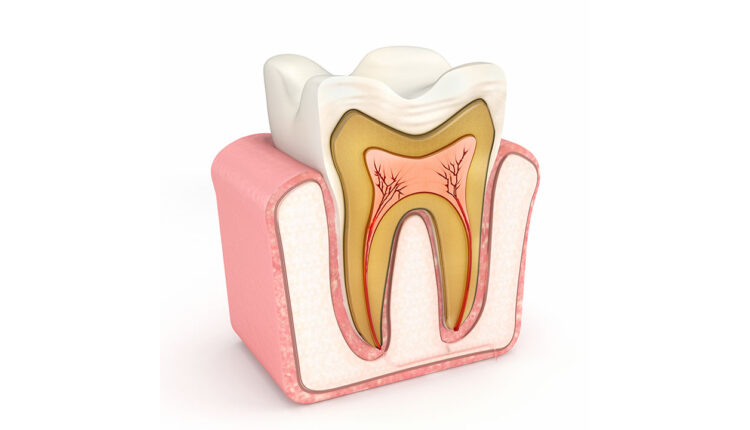
New Research Reveals Enamel May Unlock Clues to Childhood Disorders
A groundbreaking study out of Penn Dental Medicine and CHOP uses geology-inspired tools to explore how teeth mineralize, offering promising insights into craniofacial diseases and even everyday dental decay.
Teeth may be more than just tools for chewing, they could be diagnostic keys to complex childhood disorders. In a new study published in ACS Applied Materials & Interfaces, researchers from Penn Dental Medicine, Children’s Hospital of Philadelphia (CHOP), and Penn Medicine used cutting-edge materials science techniques to study the microstructure of developing teeth. Their goal: to better understand how enamel and dentin form and what these processes reveal about craniofacial disorders that originate in childhood.
Using nanoindentation (a technique borrowed from geology), alongside electron microscopy and spectroscopy, the team analyzed tooth elasticity, stiffness, and mineral composition in post-natal day-12 mouse models. These mice were chosen for their genetic similarity to humans with rare craniofacial syndromes. By examining tooth development in these models, researchers hope to uncover diagnostic markers and treatment targets for genetic diseases that also affect the craniofacial complex. Click here to read more.

